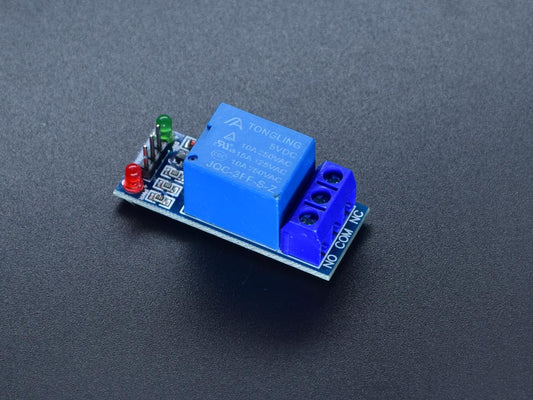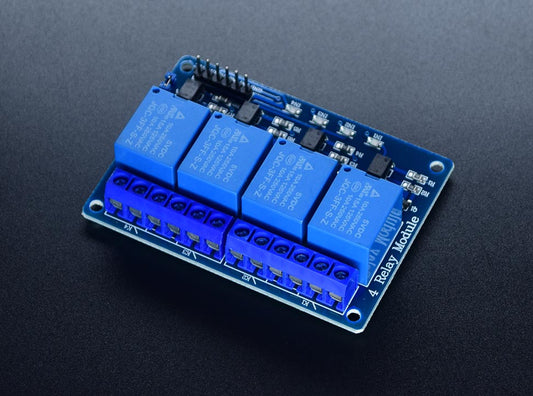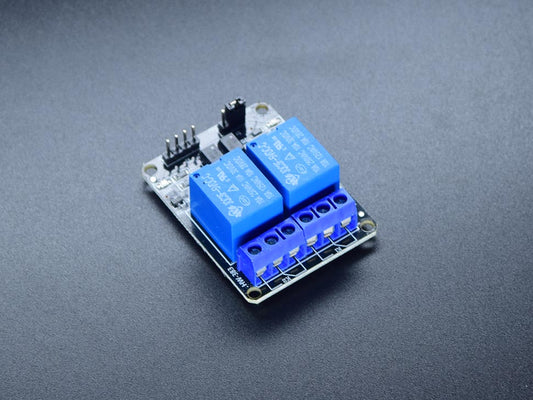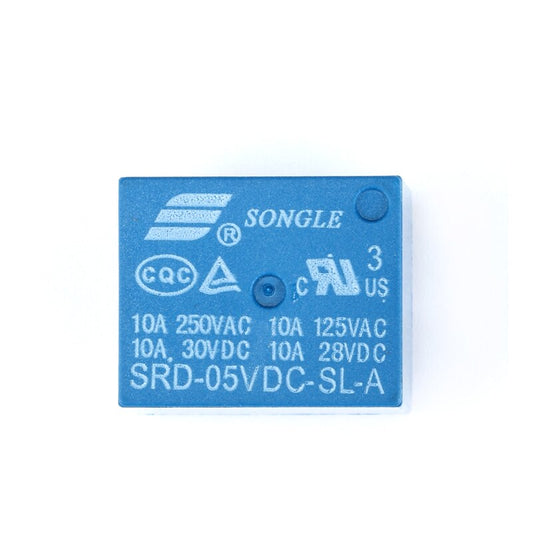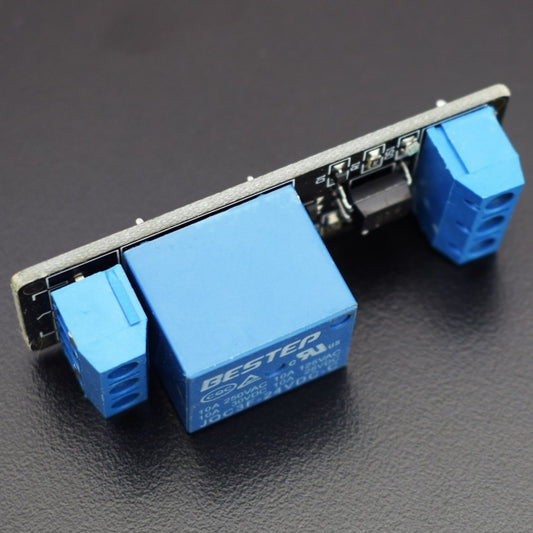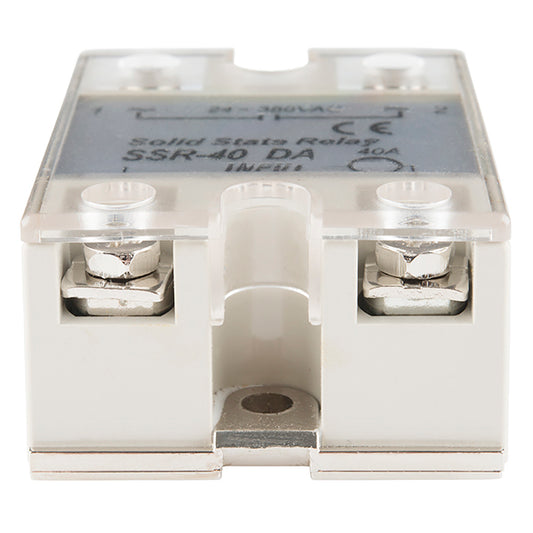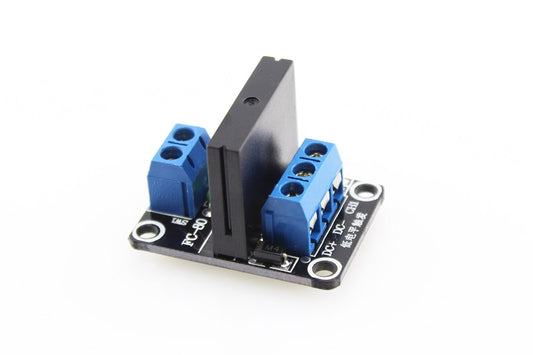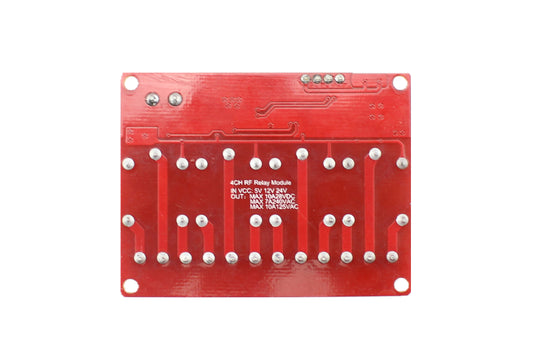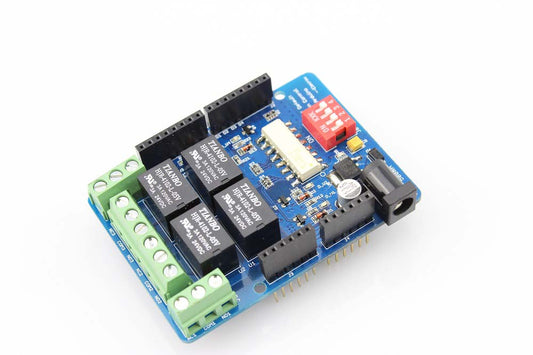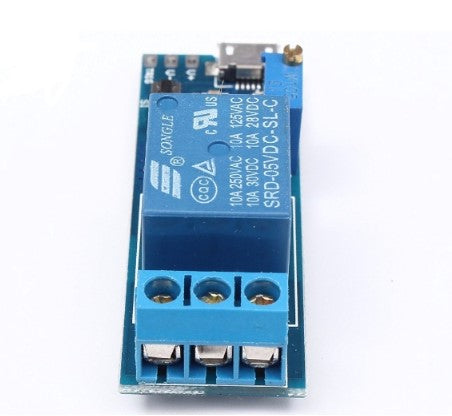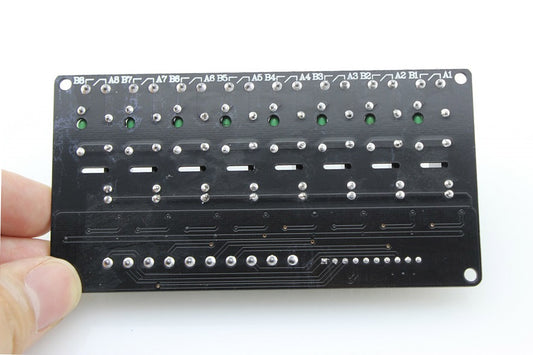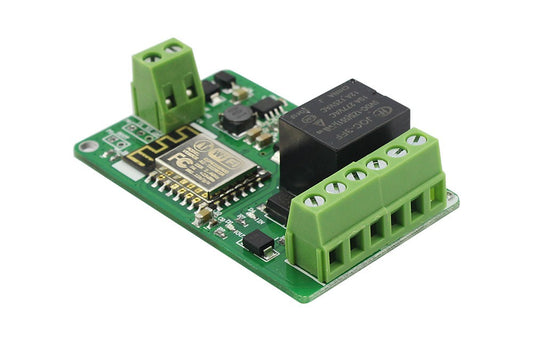Collection: Relays
Relay - Relays are switches that are used to open and close circuits electromechanically or electronically. by opening and closing contacts in another circuit relays control one electrical circuit. there is an open contact when the relay is not energized, it usually happens when a relay contact is normally open (NO), there is a closed contact when the relay is not energized, it happens when a relay contact is Normally Closed (NC). to the contacts, applying an electrical current will change their state in both cases. Let us swipe down to check out all the details about the relay.
Relays are generally do not usually control power-consuming devices except for small motors and Solenoids that draw low amps, rather used to switch smaller currents in a control circuit and. Relays can "control" amperes and larger voltages by having an amplifying effect because a small voltage applied to a relay coil can result in a large voltage being switched by the contacts. By detecting electrical abnormalities, protective relays can prevent equipment damage including overcurrent, undercurrent, overloads, and reverse currents. To switch starting coils, heating elements, pilot lights, and audible alarms, relays are also widely used.
Types of Relays
High-voltage relays - For switching high voltages and currents well, these are specifically designed beyond the capacity of normal relays (typically up to 10,000 volts and 30 amps).
-
Electronic and semiconductor relays (also called solid-state relays or SSRs) - With no moving parts, these switch currents entirely electronically, these are faster, quieter, smaller, more reliable, and last longer than electromagnetic relays. Comparatively, these are more expensive, less efficient, and due to issues like leakage currents, these don't always work as cleanly and predictably.
-
Timer and time-delay relays - For a limited period of time usually from fractions of a second to about 100 hours, or four days, these trigger output currents.
-
Thermal relays - To stop things like electric motors from overheating, these switch on and off a bit like bimetallic strip thermostats.
-
Overcurrent and directional relays - Around a circuit, these stop excessive currents from flowing in the wrong direction (typically in power-generation, distribution, or supply equipment).
- Differential protection relays - In two different parts of a circuit when there are current or voltage imbalances, these are used to trigger. sometimes called under frequency and over frequency relays are frequency protection relays. when the frequency of an alternating current is too high, too low, or both, these solid-state devices trigger.
Sometimes relay could help to turn things off instead, turn things on. You will find protective relays that trip when faults occur to prevent damage from things like current surges, in power plant equipment and electricity transmission lines. Electromagnetic relays were once widely used for this purpose. Based on an integrated circuit, the electronic relays do the same job not only they measure the voltage or current in a circuit but also if it exceeds a preset limit, takes action automatically.
Final Line
Above we have provided accurate and detailed information about the relay, their working mechanism, and distinctive types, these are extremely helpful and work perfectly, you can check out the details above.
Relay - Relays are switches that are used to open and close circuits electromechanically or electronically. by opening and closing contacts in another circuit relays control one electrical circuit. there is an open contact when the relay is not energized, it usually happens when a relay contact is normally open (NO), there is a closed contact when the relay is not energized, it happens when a relay contact is Normally Closed (NC). to the contacts, applying an electrical current will change their state in both cases. Let us swipe down to check out all the details about the relay.
Relays are generally do not usually control power-consuming devices except for small motors and Solenoids that draw low amps, rather used to switch smaller currents in a control circuit and. Relays can "control" amperes and larger voltages by having an amplifying effect because a small voltage applied to a relay coil can result in a large voltage being switched by the contacts. By detecting electrical abnormalities, protective relays can prevent equipment damage including overcurrent, undercurrent, overloads, and reverse currents. To switch starting coils, heating elements, pilot lights, and audible alarms, relays are also widely used.
Types of Relays
High-voltage relays - For switching high voltages and currents well, these are specifically designed beyond the capacity of normal relays (typically up to 10,000 volts and 30 amps).
-
Electronic and semiconductor relays (also called solid-state relays or SSRs) - With no moving parts, these switch currents entirely electronically, these are faster, quieter, smaller, more reliable, and last longer than electromagnetic relays. Comparatively, these are more expensive, less efficient, and due to issues like leakage currents, these don't always work as cleanly and predictably.
-
Timer and time-delay relays - For a limited period of time usually from fractions of a second to about 100 hours, or four days, these trigger output currents.
-
Thermal relays - To stop things like electric motors from overheating, these switch on and off a bit like bimetallic strip thermostats.
-
Overcurrent and directional relays - Around a circuit, these stop excessive currents from flowing in the wrong direction (typically in power-generation, distribution, or supply equipment).
- Differential protection relays - In two different parts of a circuit when there are current or voltage imbalances, these are used to trigger. sometimes called under frequency and over frequency relays are frequency protection relays. when the frequency of an alternating current is too high, too low, or both, these solid-state devices trigger.
Sometimes relay could help to turn things off instead, turn things on. You will find protective relays that trip when faults occur to prevent damage from things like current surges, in power plant equipment and electricity transmission lines. Electromagnetic relays were once widely used for this purpose. Based on an integrated circuit, the electronic relays do the same job not only they measure the voltage or current in a circuit but also if it exceeds a preset limit, takes action automatically.
Final Line
Above we have provided accurate and detailed information about the relay, their working mechanism, and distinctive types, these are extremely helpful and work perfectly, you can check out the details above.
-
Relay Module 10A 1 Channel
Regular price ₱ 45.00Regular priceUnit price / per -
Relay Module 10A 4 Channel
Regular price ₱ 75.00Regular priceUnit price / per -
Relay Module 10A 2 Channel
Regular price ₱ 55.00Regular priceUnit price / per -
Relay SPDT 10A 5V
Regular price ₱ 29.00Regular priceUnit price / per -
Relay Module 5V 10A 1 Channel with Optocoupler
Regular price ₱ 45.00Regular priceUnit price / per -
Relay Module 10A 8 Channel
Regular price ₱ 139.00Regular priceUnit price / per -
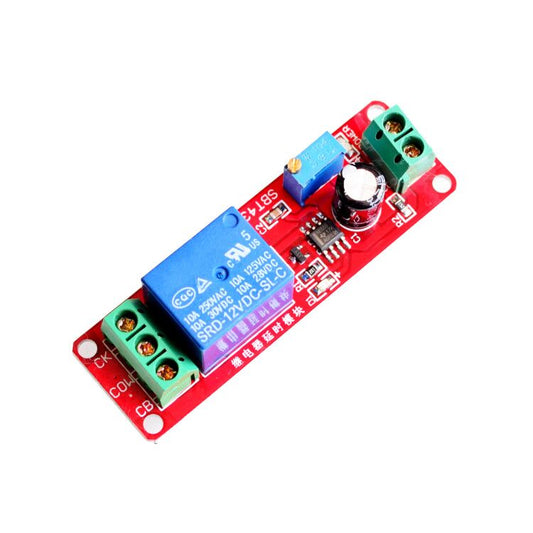
 Sold out
Sold outRelay 12V Timer Delay NE555 Module
Regular price ₱ 45.00Regular priceUnit price / per -
Relay 1 Channel 12V Level Trigger Optocoupler Module
Regular price ₱ 59.00Regular priceUnit price / per -
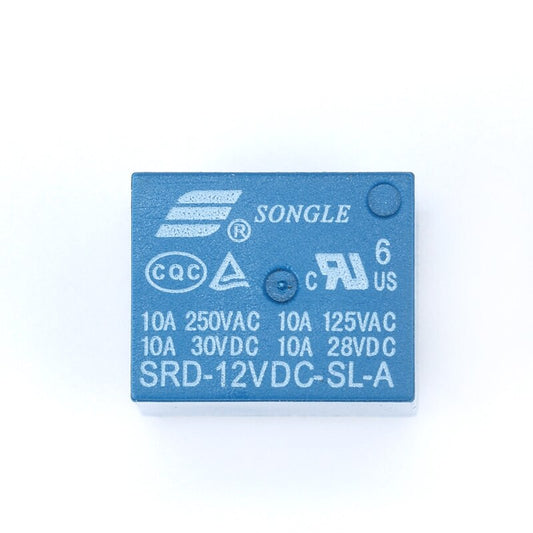 Sold out
Sold out -
Solid State Relay 40A 3-32V DC Input
Regular price ₱ 289.00Regular priceUnit price / per -
Relay Solid State Module 1 Channel
Regular price ₱ 135.00Regular priceUnit price / per -
3V Relay Module AC 24V 7A / DC 24V 10A
Regular price ₱ 109.00Regular priceUnit price / per -
Relay SPDT 10A 24V
Regular price ₱ 45.00Regular priceUnit price / per -
Relay Large Current 30A 2 Channel Module
Regular price ₱ 205.00Regular priceUnit price / per -
ESP8266 5V Wi-Fi Relay Module
Regular price ₱ 65.00Regular priceUnit price / per -
Relay 1 Channel 24V Level Trigger Optocoupler Module Arduino
Regular price ₱ 59.00Regular priceUnit price / per -
Relay Large Current Module 30A
Regular price ₱ 295.00Regular priceUnit price / per -
Relay Large Current 30A 4 Channel Module
Regular price ₱ 727.00Regular priceUnit price / per -
RF Remote Control Module 4 Channels DC 5V
Regular price ₱ 625.00Regular priceUnit price / per -
Relay Shield for Arduino
Regular price ₱ 197.00Regular priceUnit price / per -
Relay Adjustable Timer Micro USB Power Module
Regular price ₱ 89.00Regular priceUnit price / per -
Relay Solid State Module 8 Channel
Regular price ₱ 499.00Regular priceUnit price / per -
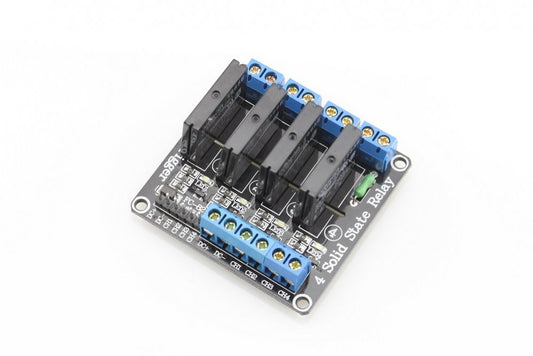
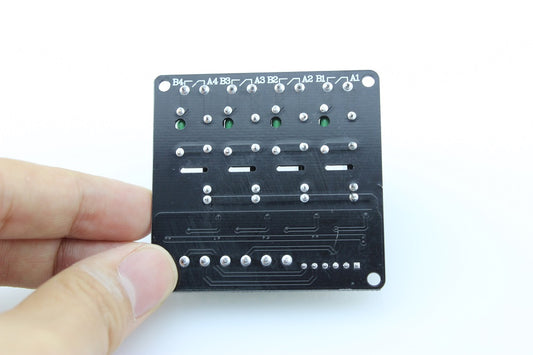 Sold out
Sold outRelay Solid State Module 4 Channel
Regular price ₱ 349.00Regular priceUnit price / per -
Relay ESP8266 10A 220V Network WIFI Module Input DC 7V-30V
Regular price ₱ 375.00Regular priceUnit price / per

